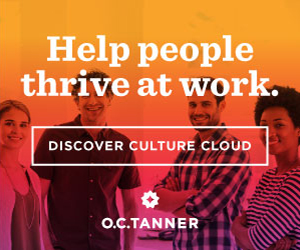13 Practical Performance Management Strategies To Implement (In 2024)
AIHR
AUGUST 20, 2024
Performance management strategies are crucial for driving results. Gallup and SHRM found that under 20% of employees find their performance reviews inspiring, and 95% of managers are dissatisfied with their organizations’ review systems. It’s clear that performance management is effective.























































Let's personalize your content